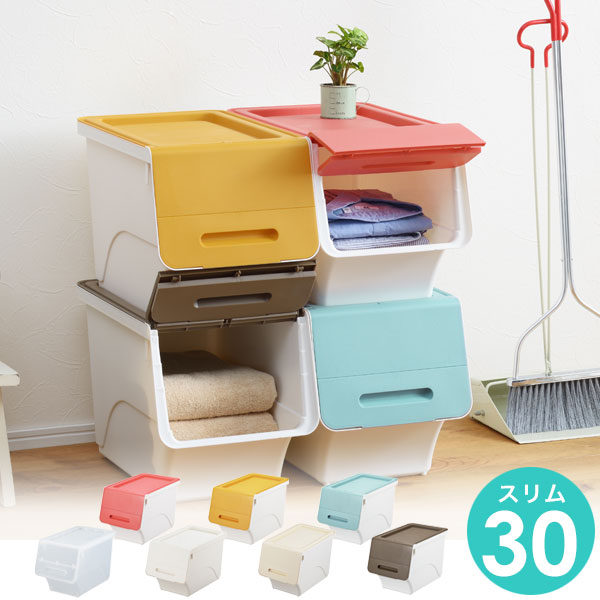

Otechestvenniye Bronirovanniye Mashiny - XX Vek, Tom 3: 1946-1965.
.jpg)
Each Motorised Rifle and Tank Division had one Rocket Battalion with two batteries, each with two 2P16s. Luna entered service in 1960 and remained in service with the Soviet Army until 1982. Russian sources however claim that this system is the prototype of the Br-226-I launch vehicle on KrAZ-214. The FROG-6 is, according to Western sources the NATO designator for the truck-based training system PV-65. There have been a couple of variants of the launch vehicle, for example the 2P21, also known as Br-226-II, on ZiL-134 8x8 truck, but these never entered service. a training set with training rocket PV-65 or 3R11 with training warhead 3N16.sets of maintenance vehicles PRTB-1, 2U659 etc.a 2U662 vehicle to transport and store nuclear warheads.a 2U663 missile transporter, based on the ZiL-157V, with 2 missiles.the rocket 3R10 with a 400 kg nuclear warhead 3N14 and with a range of 10 to 32.1 km.the rocket 3R9 with conventional HE warhead 3N15 and with a range of 12 to 44.6 km,.the launch vehicle SPU 2P16 ( Ob'yekt 160), based on a modified PT-76B chassis with return rollers and fitted with a launch rail, elevation mechanism, stabilizing jacks and a generator.In the first year alone, 80 launch vehicles and 365 rockets were made from the manufacturing lines. From 1960 till 1964, a total of 432 SPU 2P16s were produced. In 1960 the Luna system entered service with the Soviet Army where it remained until 1982. The first five systems were ready in January 1960 after which the state acceptance trials were carried out until March of that same year.
#Froq 3 reviews series#
The decision to start series production was taken on 29 December 1959. This led to the development of the 3R9 and 3R10 rockets. As a result of these evaluations, it was decided to abandon the TZM, to improve the SPU and to redesign the rocket. These were carried out in 1958 in Kapustin Yar and in 1959 in the Transbaikal Military District. In 1957 the prototypes of the launch vehicle ( SPU S-123A on Ob'yekt 160 chassis), the transloader ( TZM S-124A on Ob'yekt 161 chassis) and the 3R5 rocket were ready for evaluations. The initial system name was S-125A "Pion". While NII-1 was responsible for the rocket, the launch and transporter-loader vehicles were designed by TsNII-58. Luna followed the earlier designs 2K1 Mars and 2K4 Filin. The Luna system was developed in NII-1 from 1953, under the supervision of N. From 1965, the 2K6 Luna was replaced by the far more successful 9K52 Luna-M, which was known in the West as the FROG-7. Its NATO reporting names are FROG-3 (with 3R9 missile) and FROG-5 (with 3R10 missile). Luna rockets are solid-fuel, unguided and spin-stabilized. The 2K6 Luna ( Russian: Луна, lit.' Moon') is a Soviet short-range artillery rocket complex.


 0 kommentar(er)
0 kommentar(er)
